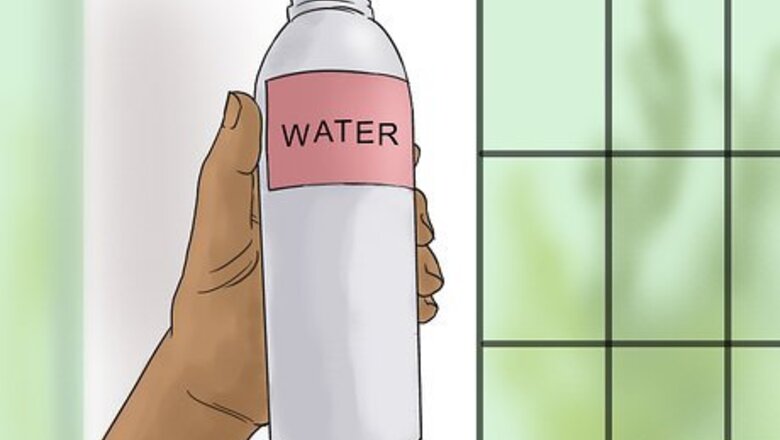
views
Making Easy Changes to Your Lifestyle
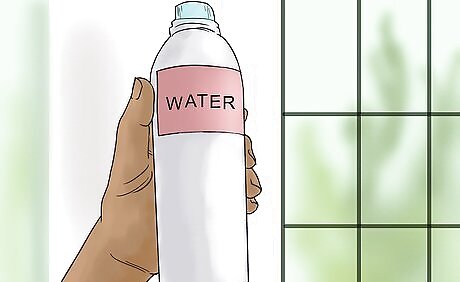
Carry an aluminum or plastic bottle of water. Perhaps the costliest convenience purchase is also the easiest one to avoid making. Rather than facing the steep markups for bottled water, carry around your own reusable water bottle and refill it as you go about your day. Not only will you be kinder to your wallet, but you’ll also help diminish the billions of pounds of plastic bottle waste that accumulates in landfills every year. To stay motivated and remember your reusable bottle day after day, try keeping a 'proceeds jar' where you deposit the money each day that you would otherwise have spent on disposable water.
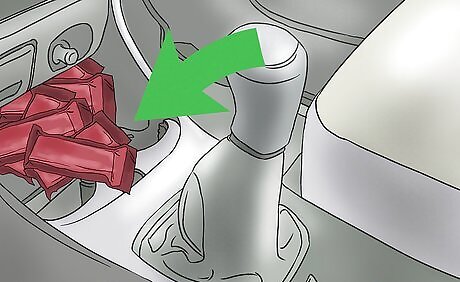
Keep healthy, filling snacks in your car, pocket, or purse. While vending machines and other on-the-go snack options offer you a simple, quick way to get your snack fix, they charge you a hefty price for the convenience. Most of the constituent items cost at least twice as much as they do at the supermarket, and that’s not even considering the invariably skimpy nutrition and empty calories of these options. Instead of resorting to these money-gobbling machines when you feel a hunger pang, keep a little baggie of nutritious, filling nuts, seeds, or dried fruit in your bag or car.
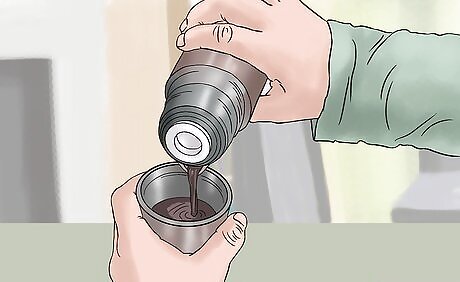
Take a thermos to work. Stopping for coffee can become a morning ritual as standard as brushing your teeth or eating breakfast, but keep in mind that this daily convenience costs you dearly. While making your own coffee costs about half a dollar or euro, getting it to-go at a café or convenience store can cost you four or five times as much. While single-use coffee pods like Keurig pods are more cost-efficient than to-go coffee, they’re twice as expensive as regular beans or instant coffee.
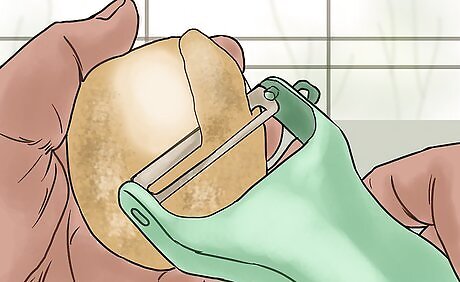
Chop your own fruits and vegetables for meals and snacks. It can be argued that the preparation and expertise costs of deli salads, hot dinners, and baked goods are worthwhile expenditures—after all, if you’re not a good baker or cook, you’re paying for something you couldn’t produce yourself. Paying two to three times over for a shop employee to wash, cut, or peel your fruits and veggies, though, is downright defenseless if you’re looking to cut convenience purchase spending. For example, a package of chopped pineapple will cost you about double what the equivalent of uncut pineapple will, while a package of pre-washed, chopped kale costs five to six times as much as the untreated variety!
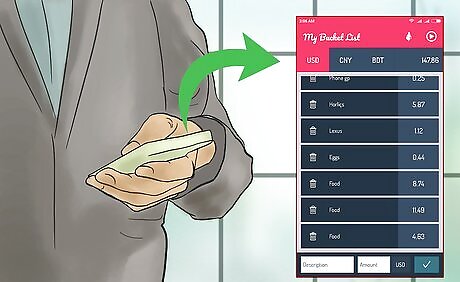
Keep track of the cost of your convenience buys. Stores continue to charge extra and produce convenience goods because people continue to purchase them. People continue to purchase them because, among other things, they don’t realize how much more these goods cost in the long run. You can show yourself the light by writing down every bottle of water, packaged snack, and on-the-go coffee and totaling them up at the end up of the month. In the same way, measure how much time it takes for you to wash and chop veggies so that you can keep track of how much time you’re really saving yourself when you crumple to convenience.
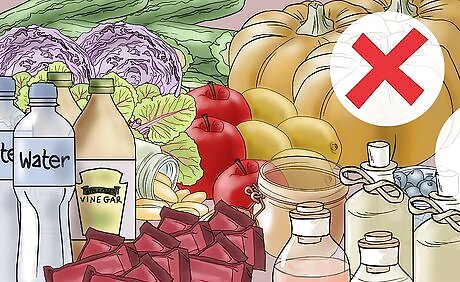
Portion your bulk items rather than paying for individually sized packaging. Even if you’re buying snacks or beverages in bulk, you could be paying a premium for the packaging. Rather than buying a bulk case of individually packaged bags of chips, bottles of water, or cans of soda, divide large, unpackaged volumes into daily portions. Buy big jugs of water, family size bags of chips and nuts, and two-liter bottles of soda, then portion them out in household baggies or bottles. Single-serving yogurts, puddings, chips, and dry cereals are some of the worst packaging offenders, as they use thick plastic, bags and boxes which need to be separated for recycling, or multiple layers of aluminum foil.
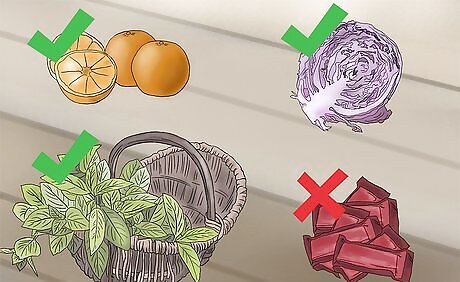
Review the health-related costs of convenience foods. If you still need another reason and incentive to trim your convenience purchase spending, consider the unhealthy contents of these items. After all, the vast majority of convenience goods are processed in some way or another, meaning that they tend to contain higher levels of fat, sugar, and sodium than their unprocessed equivalents. In addition to added calories, sugar, and salt, convenience goods also contain chemical additives, such as mold inhibitors or preservatives designed to grant them prolonged shelf-lives.
Shopping Strategically

Know what convenience purchases are most expensive. Perhaps the best way to limit your convenience purchase spending is to know exactly what items cost the most. Basic convenience items which don’t entail any skilled labor, such as frozen potatoes, meat, or canned goods, are marked up, but not as much as complex convenience items, such as prepared cakes, take-home dinners, and frozen pizzas, which take into account the cost of preparation and labor. Carbonated and alcoholic beverages also carry some of the highest markups at the grocery store.
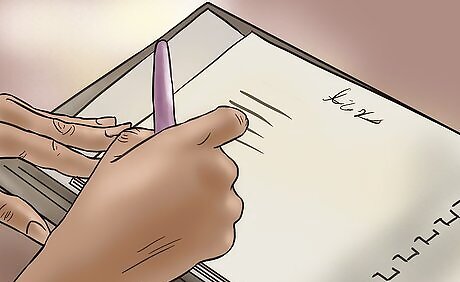
Plan your weekly meals. Many people make regular convenience purchases not because they hate to cook or don’t care about paying more for these products, but because they simply haven’t planned out their meals for the week. Since they don’t know what lunches and dinners they’ll be preparing, they don’t know what ingredients to buy, and thus they end up buying a bunch of ready-made foods, such as frozen dinners and boxed mixes. By planning your week’s meals ahead of time, you can create an exhaustive master list for the next time you’re in the grocery store, meaning you buy mostly basic, unprepared ingredients rather than packaged, processed foods. If you need help organizing your list, try using a mobile app, like RecipeIQ or Paprika.

Draw up a budget for the month. In addition to planning out your grocery list ahead of time, you should also set yourself a weekly or monthly budget that accounts for this shopping. Approximate as best you can how much all of your weekly ingredients will cost, and then, if you buy unplanned convenience purchases, you’ll end up going over budget. Even if it doesn’t totally eliminate your convenience purchases, you’ll be able to keep track of them more clearly and see how much they’re really costing you each month. As a general guideline, you should use 5 to 15% of your household income on food. If you’re spending much more than that, it’s a good sign that you’re spending way too much on convenience purchases or expensive items.
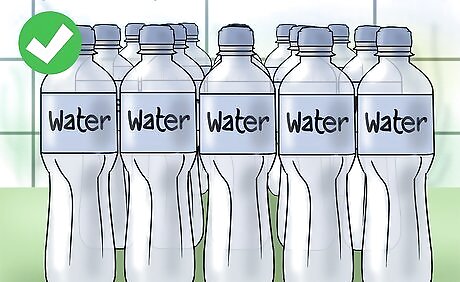
Buy in bulk. Though it may seem odd, buying an item in bulk will cost significantly less than buying the exact same item individually. For example, while you should avoid bottled water in general for ecological and budgetary considerations, you’ll end up paying much more for that water if you buy one bottle a day from the drug store or gas stations. Instead, buy a crate or case of bottled water and keep track of the difference between individual and bulk expenses. Specialty warehouse stores, such as Costco and Sam’s Club, trade almost exclusively in bulk products. You can also get bulk quantities of certain items at general retailers, such as Target and Tescos.
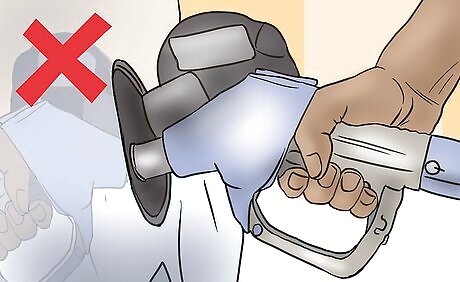
Don’t buy day-to-day essentials at the gas station or drug store. In addition to thinking about what you buy, you should also consider where you buy things. Many items, including food, drinks, toilet paper, and cleaning supplies, cost up to 60% more at the convenience store than they do at supermarkets or warehouse stores. This means that you can significantly reduce your spending on convenience purchases simply by being strategic about the kinds of shops you frequent. Bottled water and individually packaged beverages are the most profitable items for gas stations and convenience stores, so avoid those tempting coolers next time you’re paying for fuel or popping in to use the toilet. In the same way, don’t buy health or hygiene products at the grocery store or convenience store, as the typical markup for these items in such venues is about 100%.
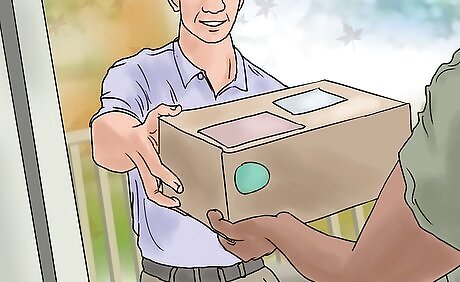
Order your groceries and products online. Some of the most tempting convenience items at the grocery store are pre-prepared bakery and deli products, and they’re also some of the costliest. Limiting your exposure to these ready-made tidbits can help you reduce your convenience purchases, so do your grocery shopping by ordering through an online service rather than browsing the tempting aisles in-person. For example, order toilet paper, paper towels, and cleaning products in bulk through Amazon, and get groceries delivered from services, such as Peapod and instacart.



















Comments
0 comment